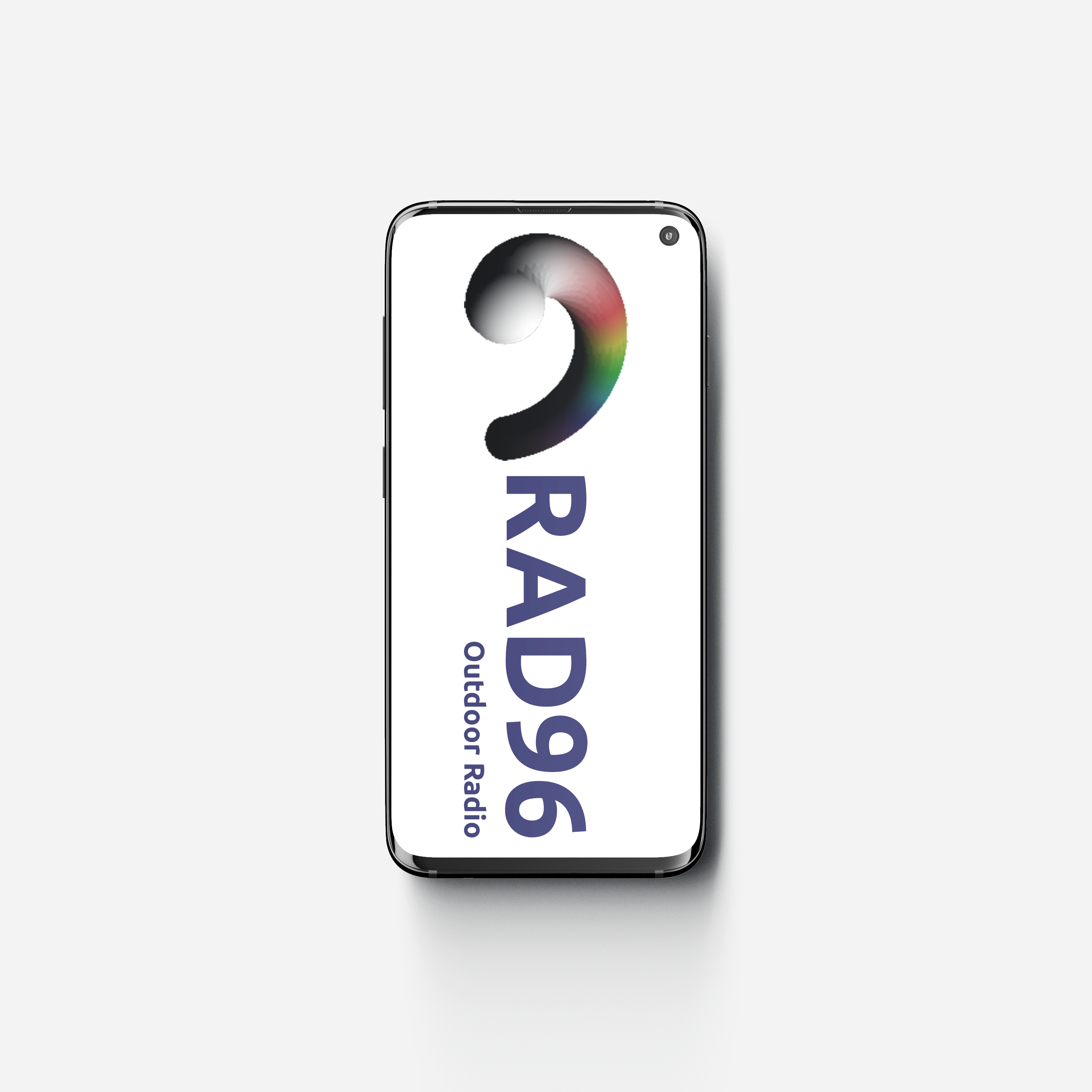Ether tracks emission
To perform the emission of a track from the ether you need to receive ether aggregators. Each ether aggregator recorded in a wavetable. The 64-bit floating-point format is used for devices with 64-bit encoding. For my work, it is enough to fixate the ether aggregator with 24-bit resolution, because I do not use them for data transferring, but only to inform servers, which play them, that this ether aggregator is fixated and is ready for emission. Ether aggregator is a sound or a melody, which resides in composer memory. Composer records this melody using notes and synthesizers, played with a sound, which he is hearing in mind. You should reach the maximum authenticity with a sound, which you are hearing. This way, playing the melody in a new arrangement, you are performing the connection of times, because such melodies may be fully or partially compositions of other authors. Two bar loops of such melodies are enough to realize radio translation, because they are already resided in ether to the present moment and have a good radiation. Such material is a subject of author reward in a sphere of their use to transfer other media. The first step to fixate an ether aggregator is submitting a loop of your composition to a modem. By submitting your material to the non-duplex modem, you are hearing the feedback with ether aggregator. This ether aggregator is a kernel of a function, which you want to transmit. If ether aggregator acknowledges its loop, then it outputs an information about the servers, which use it in radio ether. The full-duplex modem suits this purpose. Fixating radio ether in text file, you are saving a proof that your ether aggregator was used. Ether aggregator is a property of all authors, who played its loops from the direct source or direct ether. Then you find the domain server names, which play your ether aggregators and using a POST pinging method respond with your server name and its domain name. You do not need to perform any other actions from your side, because users have already informed that you used your ether aggregator to initialize the ether and transmit radio messages. You are informing the network administrator using the POST method, that current ether was initiated by you, and you are ready to full track emission of that ether aggregator. The track is not a number of variations, but the playback of current loop from different ether readers, which perform certain conditions to the ether aggregator wavetable. Composer may read this playback conditions as melody variations. Radio amateur can certainly say that another equipment was used to transmit that ether aggregator. We are dealing with one loop, which is played back differently. It can be played forth, or back, or back and forth simultaneously, which can lead to such confusion. If it continues to generate radio traffic, when you check a loop, then you will need to perform the emission of all loops associated with it by submitting current ether aggregator to non-duplex modem with quantized feeders. The additional loops are also stored in emission rotation. Reaching full radio silence on current loops, you are fully extinct your composition from radio ether.
